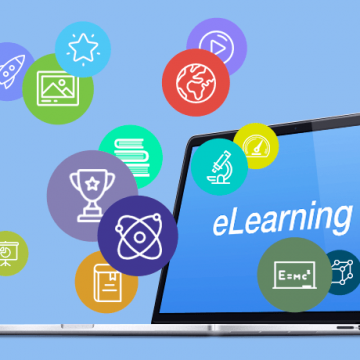You will find three significant reasons why managers don’t manage: they’re uncomfortable using their role and responsibilities they lack confidence within their decisions or they just don’t get sound advice. It’s also problematic when they’re isolated in the understanding, experience and support of other managers.
Based on Laurence Karsh, obama of SHL Americas, an organization’s human capital is its most significant asset. The positive impact produced by just one motivated manager can reverberate positively within companies associated with a size.
On the other hand, the responsibility of individuals performing below componen — the hrs spent correcting mistakes, the cash wasted on unproductive performance, and also the costs of getting to recruit and train substitute staff — have a powerfully negative toll at the base line.
If you are looking at or accountable for making certain that the managers possess the training, sources and support essential to meet the requirements of employees, the task is to locate accessible and efficient management training which will build their comfort, confidence and abilities.
Inside a survey conducted through the Center for Learning and gratifaction Technologies in 2017, over 5,000 managers were requested to rate the effectiveness of 12 work-related learning methods. Minimal-valued methods for learning? Classroom training (basically lecture and dying by PowerPoint) and e-learning. The very best two most valued methods for learning? Self-organized and self-managed types of learning.
This really is based on research that led to the 70:20:10 Model, which discovered that roughly:
70% of learning originates from experience, experimentation and reflection
20% of learning stems from dealing with others and
10% of learning originates from planned learning solutions and studying.
The classic leadership development program, conducted in physical isolation in the organization and outdoors of their operational context, must be substituted with encounters that build in tangible work, risk and accountability, intentional networking, exposure, collaboration, just-in-time-learning, as well as on-the-job problem-solving. The very best learning originates from experience, experimentation and reflection.
That’s the reason The Peer Learning Group Model© is really attractive. Managers share their experience and make their understanding and skills because they bond using their peers. They convey the formal learning they have caused by other learning methods (the tenPercent) and increase it by discussing their experience, learning new methods, and, most significantly, testing them in their workplace instantly (the 70%).
The people from the group share an identical management challenge and wish to learn various other great ways to handle it. Edge in the game in small 6-person peer learning groups which are self-directed and self managed. Which means that certainly one of their number facilitates the audience, which meets onsite as well as on their schedule.


















